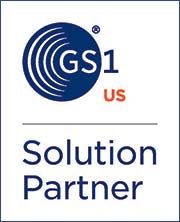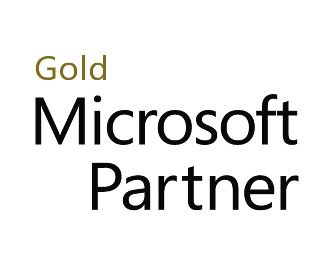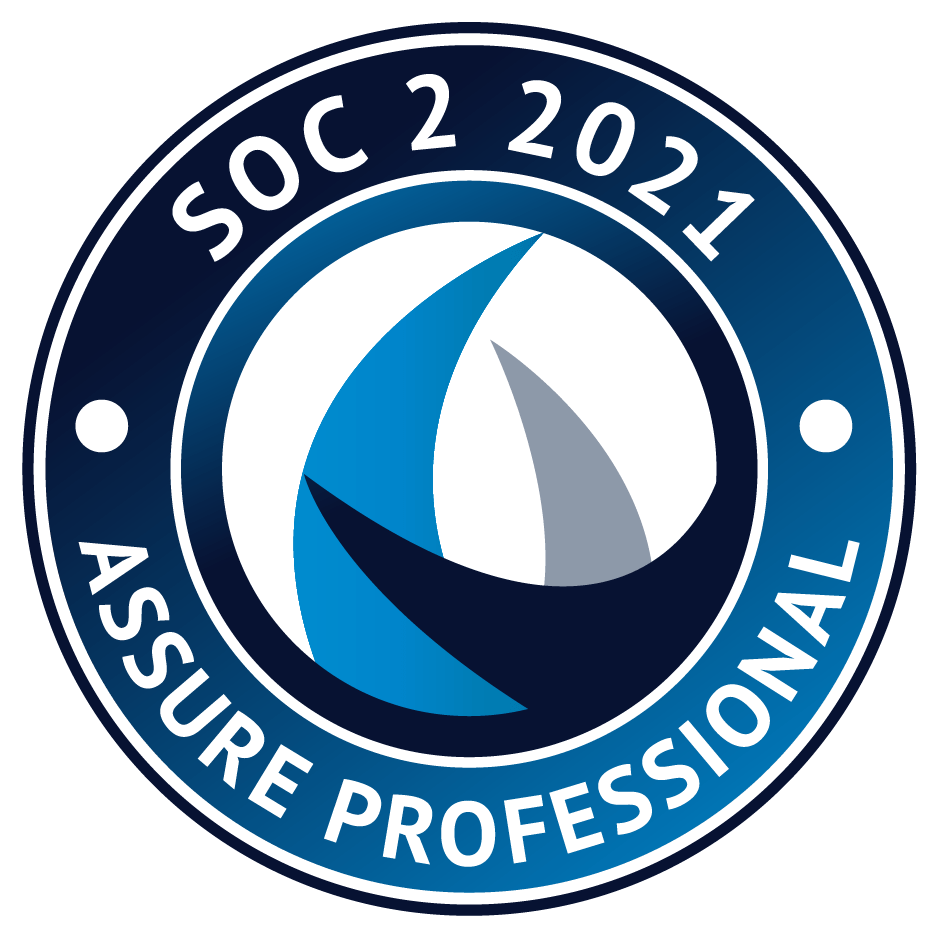As a “warranted” contractor officer and purchasing agent, it took me hours, weeks, days and months of training over a three year period to gain enough knowledge just to sign my name on contracts and spend your tax dollars. As contractors, vendors and suppliers, we are given at times a total of 30 days to become experts. We must interpret the policies and regulations, the desires of the client, and commit our businesses in a way that still makes a profit.
Budget documentThat is a lot to ask, and I’m sure you have all had the experience of falling into a “rabbit hole” only to come out with empty hands, wasted energy, resources and time which equals wasted money. I hope you find the following basic fundamentals helpful in staying on track, not wasting valuable time, and to be successful in the pre-solicitation process. Please note that although this article is focused on Federal Government, the principles are applicable within the state and local space as well.
BASIC FUNDAMENTALS
Influence the Requirements: The most time consuming & critical task we accomplish before responding to the RFP is a review of the Statement of Work. When originally written, the intent of the SOW was to assure the best value for the end user while still meeting their needs. In many cases, best value is achieved at the requirements definition stage where many times organizations have to trade off certain factors, like quality, service, cost, ease of acquisition, and linking the purchase to a particular industry or region of the country. For example, the most desirable technical quality may not necessarily add up to the most desirable procurement because it may be too expensive.
It is a significant accomplishment to be a part of defining what “best value” truly is as early in the process as possible, not at the end, when the RFP is “on the street.” Be involved as far out in the development of a project as possible. Ideally, providing contract support services in assisting in the creation of policy, regulatory and best value requirements can give you a three to five year head start. There is caution, however, not to place yourself in a situation of conflict when the solicitation is advertised. Always remember, if you cannot influence the requirement, at least dig as deep as you have to in order to truly understand what it is. Selling your expertise, your concepts and sharing in the past success you have had makes you a trusted agent, subject matter expert and assures a favorable chance when the time comes to win a bid.
Authorization vs. appropriation: The term “authorization” is only legislation that creates an approved project where expenditure of funds from the budget would be allowed. It does not set aside those funds or actually produce any fiscal source at all. Having a client tell you that his requirement has been authorized by congress sounds great and most people will rush to their side providing information or ideas and spend large amounts of energy only to find that funds will not be appropriated for 3-5 years in the future, if at all. The appropriation of your clients’ authorized programs is truly what your business wants to hear. To maneuver around the meaning of these words, it is critical to understand the appropriation process from funding source to contracting office. A very quick overview of the federal process reveals a funding cycle where requirements and authorizations are built and funds travel through 12 subcommittees that deal with the actual appropriation of funds for the upcoming fiscal year. Knowing who is on those committees and staying in touch throughout the year with a simple keyword internet search or visit to the applicable congressional office is highly recommended.
Maintain a good base knowledge of Acquisition Policies and Regulations applicable to your project. This can be a very confusing and misleading world as regulations and policies pile up one after the other. Start with the basic clauses placed in proposals; when you read close, most reference additional clauses that you will now be held accountable for. A great example is the Federal Acquisition Regulation (FAR) that, simply put, covers federal procurement. Simple, right? No, not really, because each department (for example, the Department of Defense) has a set of regulations called the Defense Acquisition Regulations (DAR or DFAR) that places additional rules on you. Now, you might think you have a good grasp of it, but we still have to read and understand the services, like the Army and Air Force who have their own supplements that add onto the original FAR. You could easily have to read and understand hundreds of pages of regulations for certain types of procurement. If you’re going to do a lot of government related business, you must have the proper reference material on hand as well as someone trained in government procurement. The cost of someone attending a certification or regulations course will pay off in the end.
Know your client: Study themlike you would study for a test. What is their culture, their motivation, their fears? In the commercial and private business space, a return on investment (ROI) is, 95% of the time, related to money – saving it or making a profit. Aspects of a government ROI can be more complicated to include impacts on the economy and local, state and federal politics. There is always a bigger picture that accompanies those groups with “deep pockets.” However, the ROI could be as simple as the client wanting to improve the health conditions and safety of soldiers, airmen, police or firefighters and have no bigger or less important goal than that. Doing business means understanding your client long before a response is due by staying involved and doing presentations, attending functions and striving to be their trusted agent and subject matter expert. Also, take the time when doing a presentation to follow their rules and terminology. Calling a General a Sargent or showing a tank and calling it a big gun on wheels can really take your business down a notch or two.
Be prepared: You know your capabilities, but not everything behind the curtain is known to you. You’re at a disadvantage until you do your homework. Research and read the clients’ websites, articles and news releases. Find out about their organizations, troubles in the news, or what is motivating them to spend this money now. At the same time, go to a presentation prepared as well. Be flexible and ready to provide a briefing, presentation or show on multiple media sources. If they can’t use flash drives, have a disc available. No projector? Bring your own, and always have a hard copy(s) ready for discussion in case of a blackout. Of course there are the basics here as well: always be early, dress appropriately and if you don’t know the answer, say so and follow up later.
In summary, don’t be afraid or intimidated, ask the questions you need to ask, and remember that they have a regulation that says they have to do everything in their power to assure you make a profit. Look it up – they are on your side. Really they are. Really.
So in conclusion, this statement should make better sense: “In compliance with regulations like the FAR, we are assisting our government partners with the building of a requirement to support an authorized program until such times that funds are appropriated.”
Good Luck and look for future webinars and workshops that will go into more detail on these basic fundamentals for success with government contracting.





